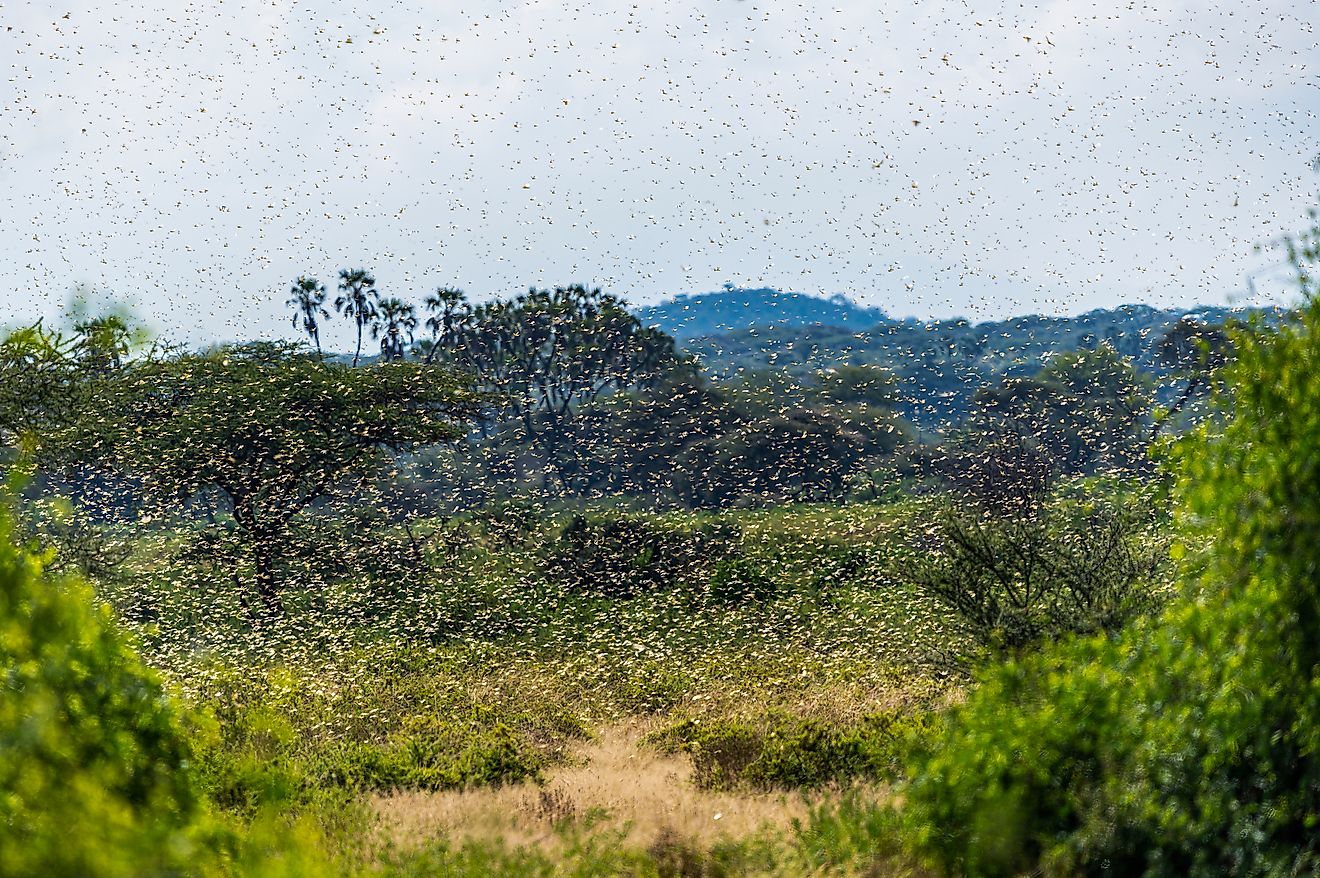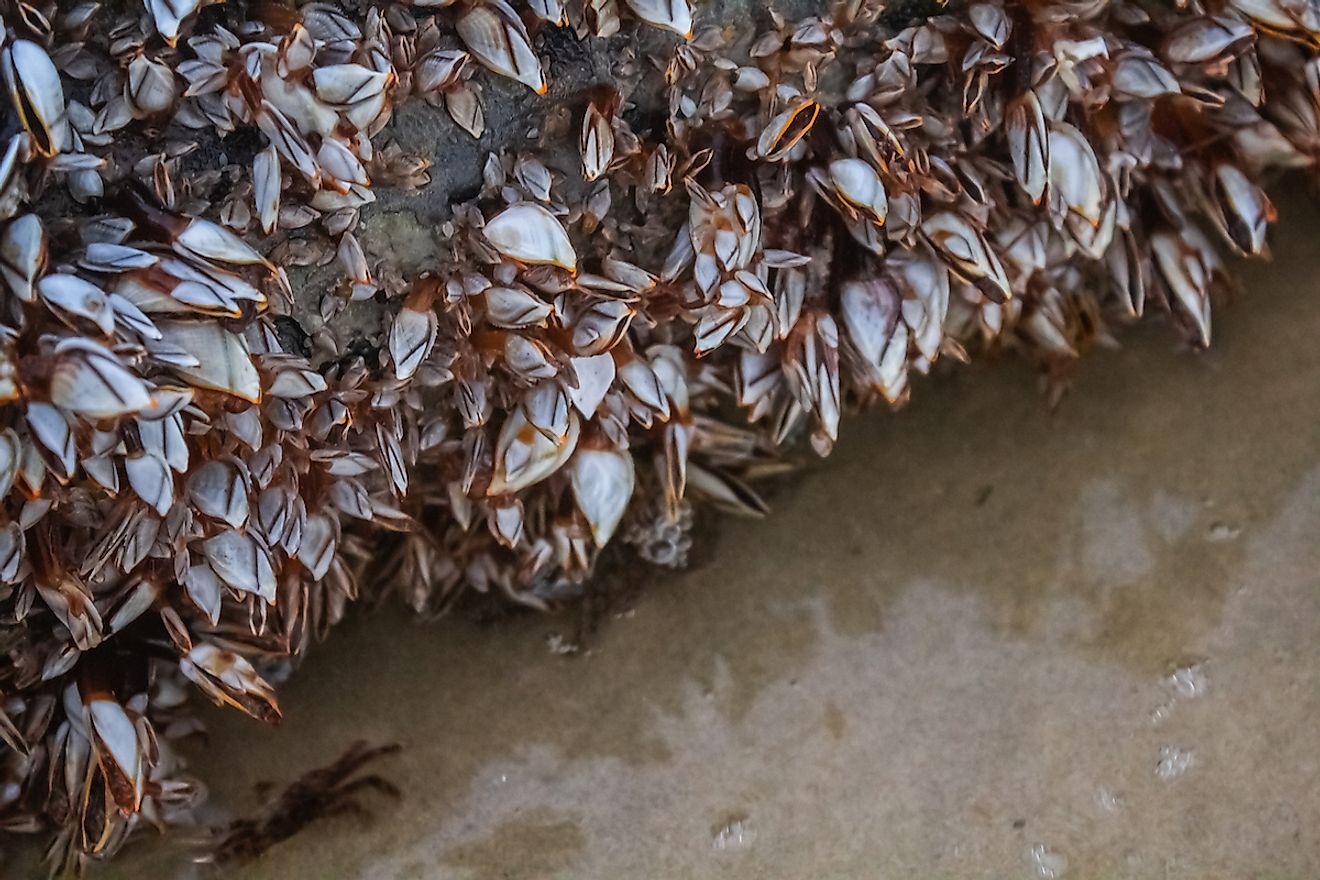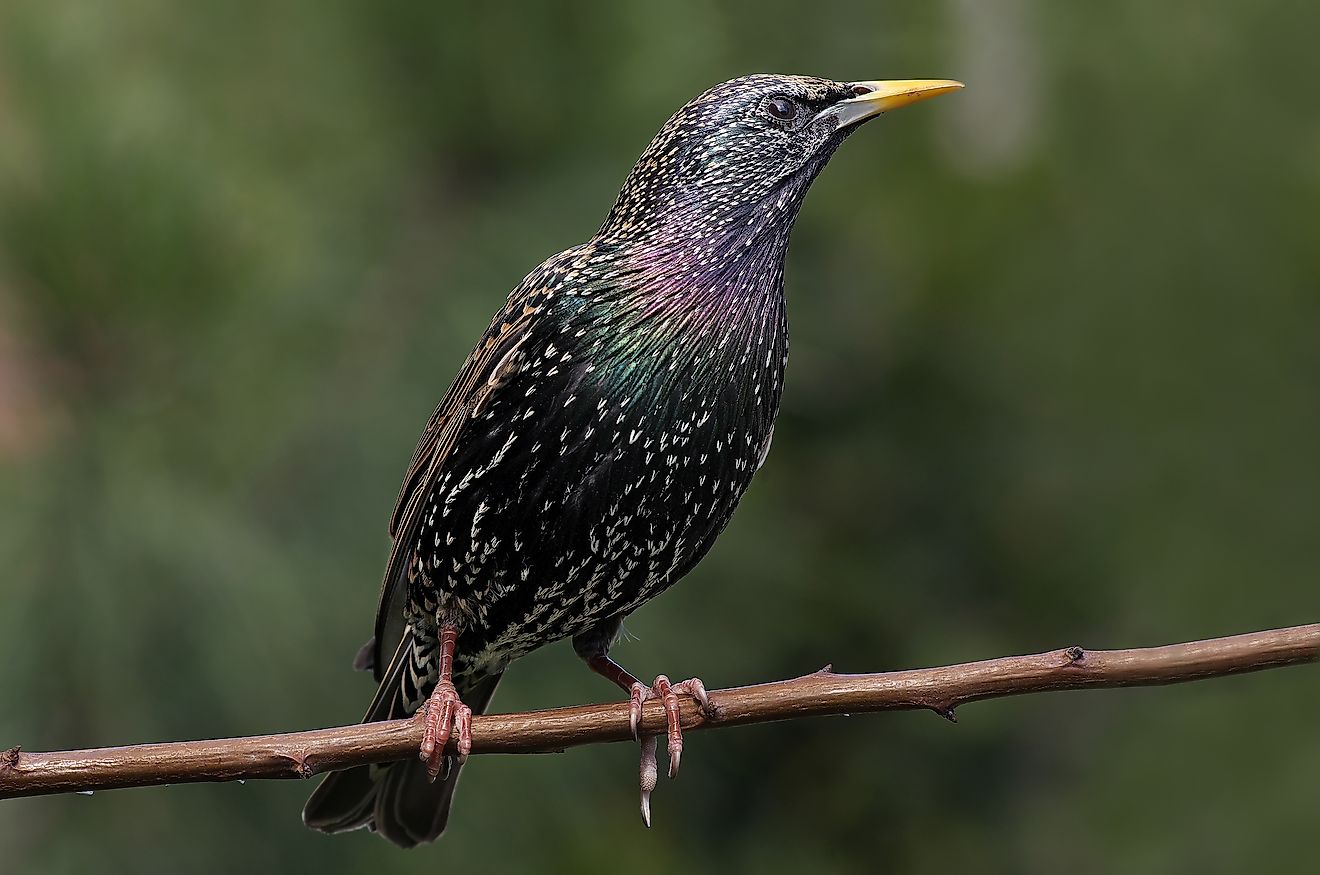10 Most Harmful Invasive Species In The World

- Some invasive species spread on the hulls of boats as they travel.
- Rabbits are an invasive species that has been very successful.
- Kudzu is an invasive vine.
The world is full of invasive species. They come into new spaces and push out other animals and plants by generally wreaking havoc.
An invasive species is a non-indigenous species (e.g. plants or animals) that adversely affect the habitats it invades economically, environmentally or ecologically.
Sometimes, invasive species can be effectively dealt with and brought under control, but at others, they present a true, lasting menace to the environment.
Here are ten of the most harmful invasive species now on the planet.
10. Water Hyacinth

This pretty water plant is native to the Amazon, as well as waterways in South America but it has now been introduced to over 50 countries worldwide, which is causing trouble. The water hyacinth grows extremely quickly. According to Earth Rangers.com, depending on the size of the patch, it can double its size in just six measly days. This plant sits on top of the water, covering it. When it takes over, it blocks the sunlight from reaching other plants living under the water. It also makes it too difficult for animals to travel through the water. These changes alter the ecosystem dramatically, causing harm to native species.
9. Northern Pacific Sea Star

Seeing a starfish-also called a sea star- may seem like a special moment for some. If you find yourself in Australia, however, it might not be so great. Sea stars are native to the Asian waters but they have also been introduced to Australian seas by boats. This is proving to be a problem. Sea stars eat a lot and they breed very quickly. Their overabundance is causing harm to the spotted handfish, which is already endangered.
8. Small Indian Mongoose

These lovable-looking creatures were brought to parts of South and Central America, as well as Asia from Southeast Asia in order to kill off unwanted populations of snakes and rats. The trouble is, they also eat everything else, including endangered animals like hawksbill turtles, pink pigeons, and the Amami rabbit, to name just a few.
7. Asian Long-horned Beetle

If you live in North America or Europe, you may have heard a lot about this insect in recent years. The Asian long-horned beetle was brought abroad from Korea, Japan, and China in shipments of wooden materials. These guys love to burrow into tree bark, and are known for destroying deciduous trees, as they do so. They eat the bark of a wide variety of trees, sometimes so much so that they cannot survive, which can have a big impact on forests.
6. Zebra Mussel

Do not let their name fool you. These sea creatures are not a delicious and fancy type of African mussel headed for your dinner plate. Zebra mussels come from the seas in Southeastern Europe, and have migrated to parts of Russia, North America, and Europe on the bottoms of boats. They are invasive because, like other animals on this list, they reproduce so quickly and feed on plankton that native fish, as well as other mussels, need in order to survive.
5. Asian Carp

This fish was brought over from Eurasia to North America and Europe, and has since become a pest. It stirs up too much sediment, preys on the eggs of other fish and eats their food. Because they reproduce quickly, their large numbers can change the ecosystems they inhabit.
4. Cane Toad

The cane toad is native to the Americas but has since made its way to Australia to control crop pests. Now, it needs something to control it. Like something from a sci-fi movie, it emits toxic ooze to put off its predators. This is killing Australian predators that are not immune to its secretions, unlike the predators in its native habitats.
3. European Starling

In its native habitat, this bird is found in Northern Africa, parts of Asia, and of course, Europe. They are fierce invaders, taking over the nests of other birds, and swarming onto farmers’ fields and decimating grain crops, as well as fruit.
2. Kudzu

This invasive species is a plant, and it is actually quite pretty in small amounts. Unfortunately, however, it never seems grow in small amounts. It can cover entire homes-perhaps even whole estates-with its amazing leafy power. Some call it “the vine that ate the South”, referring to the southern US, and it is easy to see why. This vine can cover ground, trees, bushes, and anything else it encounters, quickly. In doing so, it smothers other plant life.
1. Common Rabbit

You may have heard the expression “multiplying like rabbits” and there is a good reason for it. Mother rabbits can have up to 30 babies in just one year. They may not all survive, but it sure makes for a potentially large colony. Rabbits are cute but they often compete for food and habitat with native species. They are actually native to Southern Europe and Northern Africa, but they are now living pretty much everywhere.











